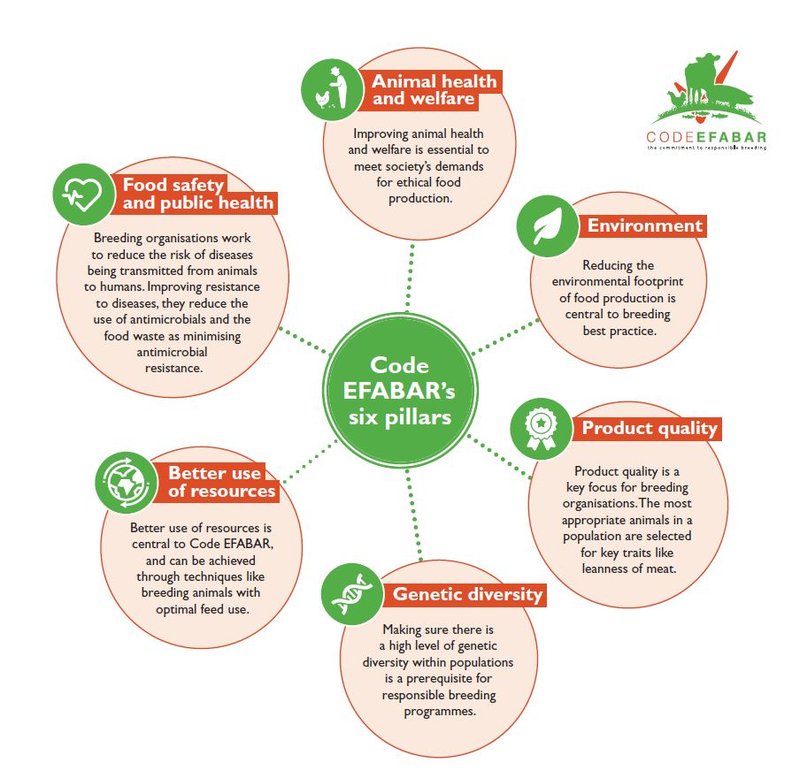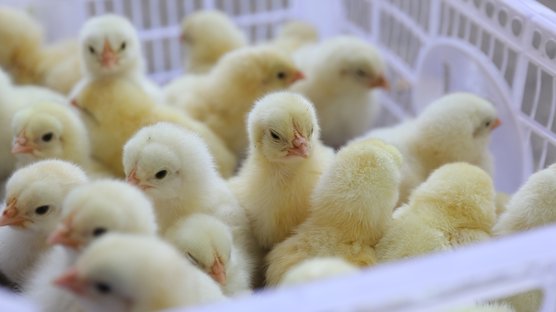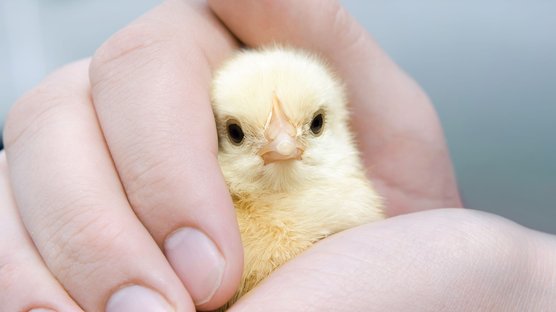
Published on Feb. 11, 2022
Code-EFABAR® Responsible Breeding
As poultry breeders we are at the start of the food supply chain, we play an import role in the delivery of safe, healthy and nutritious eggs. For many generations, we have selected our chicken breeds with improved features for further reproduction, improved robustness, and the ability to stay active and healthy for longer laying cycles. By adopting Code-EFABAR, we demonstrate our commitment to responsible poultry breeding, following high standards of animal management and positively contributing to more sustainable egg production.
The production of eggs and other animal products involves many global sustainability issues: animal health and welfare, greenhouse gas emissions, use of natural resources, integrity of the animal, food safety and public health, and production efficiency. As animal breeders we are able to positively contribute to these challenges, by including them in our breeding programs.
Code-EFABAR is the commitment to responsible farm animal breeding. It is designed to provide breeders with a practical guide to help achieve sustainable and balanced farm animal breeding whilst delivering improved transparency for wider society. Code-EFABAR is a voluntary code of good practice used by EFFAB members as part of their commitment to best practice. The use of this Code demonstrates that breeders carry out responsible breeding.
Code-EFABAR is based on practical codes of conduct to ensure best animal health and welfare, food safety and public health, resource efficiency, reduced environmental impact, and product quality.
Objectives
The main objectives of Code-EFABAR® are:
- To be the standard instrument for defining and maintaining good practices for farm animal breeding.
- To create transparency for society.
Main principle
Code-EFABAR is based on the following main principles:
- Implementation is voluntary but all member companies of EFFAB are strongly encouraged to implement it and all member associations (umbrella organisations) are strongly encouraged to stimulate their member companies to implement it.
- The provisions of Code EFABAR are equal to, or higher than current national and/or EU legislation. However, use of the Code does not replace these.
- Code EFABAR may be implemented via existing management practices.
- Code EFABAR is designed to be complementary to other existing Good Practice initiatives4.
- Commitment to continuous improvement is an integral part of Code EFABAR
- Information about Code EFABAR is publicly available at the Code EFABAR website.

Code EFABAR and Poultry Breeding
The twentieth century saw a move from pure breeding to crossbreeding. This utilized hybrid vigor and allowed different selection emphasis to be applied to male and female lines. Most table eggs today come from specialized crossbred laying hens, and poultry meat is mainly produced from crossbred meat-type broilers, turkeys and ducks. Within the segment of crossbred lines, there are a wide variety of lines that result in poultry with a variety of colors of the bird and/or the eggs or meat, various growth rates of broiler lines, from slow growing lines to fast growing lines, various characteristics for growth rate, egg production and performance qualities.
During at least the last five to six decades, poultry breeding companies have steadily broadened their breeding goals and have worked towards improving various traits such as health, welfare and performance characteristics simultaneously. The science which underpins that animal breeding (and associated technologies) has been used to identify avian and genetic line characteristics required for more robust selection strategies. Now, many welfare and sustainability traits, such as cardiovascular function, skeletal strength, feed efficiency, and livability are included in breeding goals of genetic lines for crossbred poultry. Each poultry breeding company, collects a large amount of data on a variety of traits for each bird including information on welfare, health, fitness, reproduction and production efficiency. The major achievement of this is that it is now possible, and common practice, to improve at the same time traits that are antagonistic, i.e., when you improve the one it is likely it will have a negative effect on the other trait. This is often the case with production and health or welfare traits.
Nowadays, the breeding goal is made more sustainable by including both types of traits and to select all in the desirable direction so that both types of traits will improve. This principle is then applied across the whole breeding goal of 30 to 40 traits, all of which are under selection simultaneously. The desired balance is maintained within specific bio secure breeding populations to optimize avian health, to limit inbreeding, and to achieve high selection intensities. This is based on proper statistical methodology, accurate data recording infrastructure and continuous improvement of accuracy of measurement of each characteristic within the breeding population for each genetic line.
Breeding companies maintain primary breeding lines to produce commercially available crossbred lines with various traditional and modern selection methodologies. Breeding companies also maintain various experimental or control lines, to evaluate the potential of new crossbred lines and to ensure they can supply future needs, while keeping the rate of inbreeding below 1% per annum.
Europe is the main source of ownership of the world’s poultry breeding stock. Continuing concentration has led to the current situation that only two groups of primary breeders account for about 90 % of the layers, broilers and turkeys produced annually on the global scale (excluding China). We offer a very large variety of laying hens, to satisfy the wide range of customer demands. We do not only sell genetically improved chickens, but also provide technical service to our customers and to the customers of our customers. When defining the breeding goals, we consider animal, customer, policy, consumer and societal developments and requirements.
Alongside with the use of Code EFABAR, we are committed to transparency. We frequently publish our breeding improvements and achievements. We are committed to the entire global egg supply chain. In line with the International Egg Commission (IEC) and the Food and Agriculture Organization of the United Nations (FAO) we have a joint declaration on sustainability. The entire egg sector is committed to the sustainable development of the sector, delivering benefits for both the planet, it's people and it's poultry!



